Siglent SAP5000D: Unleash Precision with 5 GHz Differential Active Probe
- Home
- Shop
- Oscilloscopes, Oscilloscope Probes, Active Probes & Differential Probes
- Siglent SAP5000D: Unleash Precision with 5 GHz Differential Active Probe

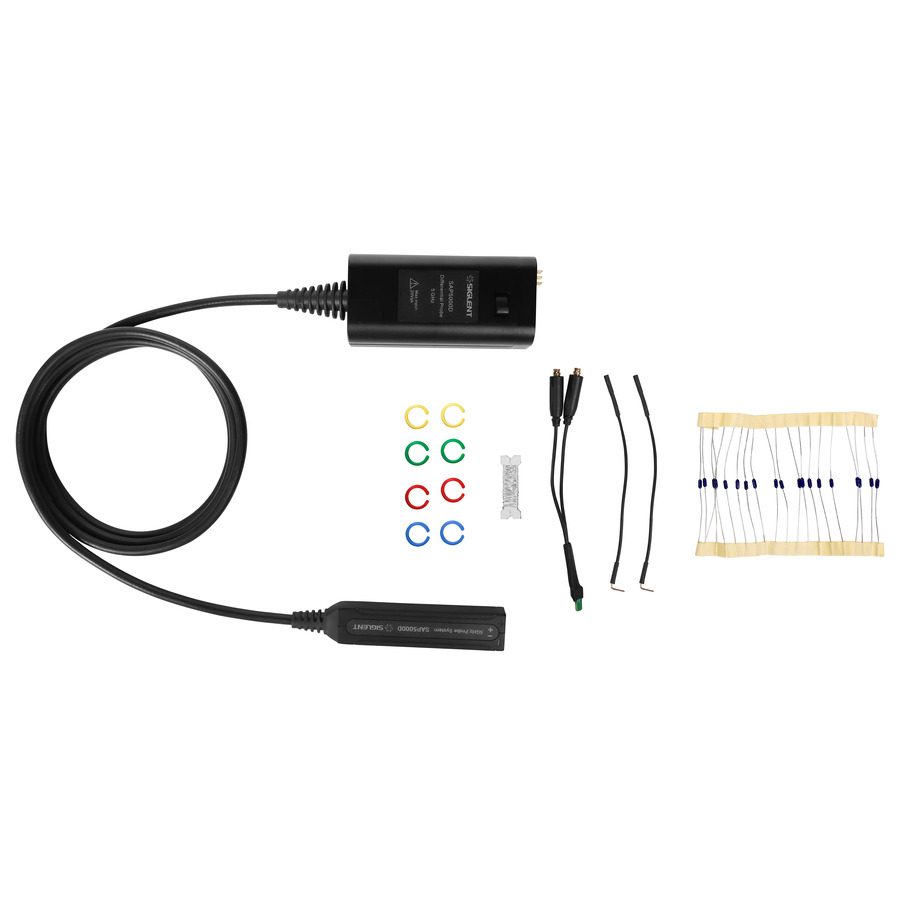
Siglent SAP5000D: Unleash Precision with 5 GHz Differential Active Probe
0 out of 5
$2,509.00
Siglent SAP5000D Differential Active Probe: 5 GHz bandwidth, 10x gain, 350 fF input capacitance, 80 ps rise time, SAP Series
SKU: SUK_W623B1PU
Category: Active Probes & Differential Probes
Tags: 10X, 350 fF, 5 GHz, 80 ps, Differential Active Probe, SAP Series, SAP5000D, Siglent
- Description
- Additional information
- Reviews (0)
Description
Features and Specifications: Siglent SAP5000D Differential Active Probe, 5 GHz, 10x, 350 fF, 80 ps, SAP Series
Product Overview:
The Siglent SAP5000D is a high-performance differential active probe designed for use with oscilloscopes. It offers a wide bandwidth of 5 GHz, a high input impedance of 10 MΩ, and a low input capacitance of 350 fF. This makes it ideal for measuring high-speed signals with minimal loading.
Features:
Bandwidth: 5 GHz
Input impedance: 10 MΩ
Input capacitance: 350 fF
Rise time: 80 ps
Attenuation: 10x
Offset range: ±10 V
Power supply: USB or external power adapter
Specifications:
Bandwidth: 5 GHz
Input impedance: 10 MΩ
Input capacitance: 350 fF
Rise time: 80 ps
Attenuation: 10x
Offset range: ±10 V
Power supply: USB or external power adapter
Dimensions: 120 mm x 60 mm x 25 mm
Weight: 200 g
What’s in the Box:
Siglent SAP5000D Differential Active Probe
Ground lead
Calibration certificate
User manual
Benefits:
High bandwidth for measuring high-speed signals
High input impedance for minimal loading
Low input capacitance for accurate measurements
Wide offset range for accommodating a variety of signals
Compact and lightweight for easy portability
Value to the Customer:
The Siglent SAP5000D Differential Active Probe is a valuable tool for engineers and technicians who need to measure high-speed signals with accuracy and precision. Its high bandwidth, high input impedance, and low input capacitance make it ideal for a wide range of applications, including:
Digital circuit design
Power electronics
Telecommunications
* Aerospace and defense
Additional information
| Brand | Siglent |
|---|
Be the first to review “Siglent SAP5000D: Unleash Precision with 5 GHz Differential Active Probe” Cancel reply
Related products
-
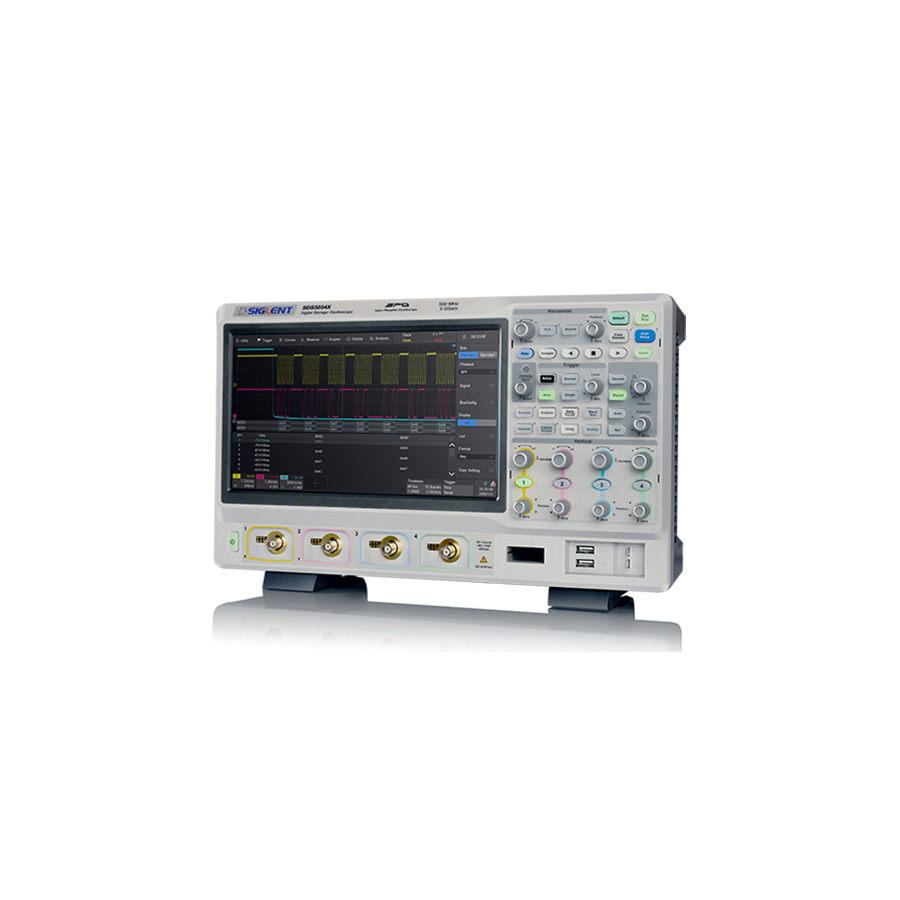 Add to cartQuick View
Add to cartQuick View -
 Add to cartQuick View
Add to cartQuick View -
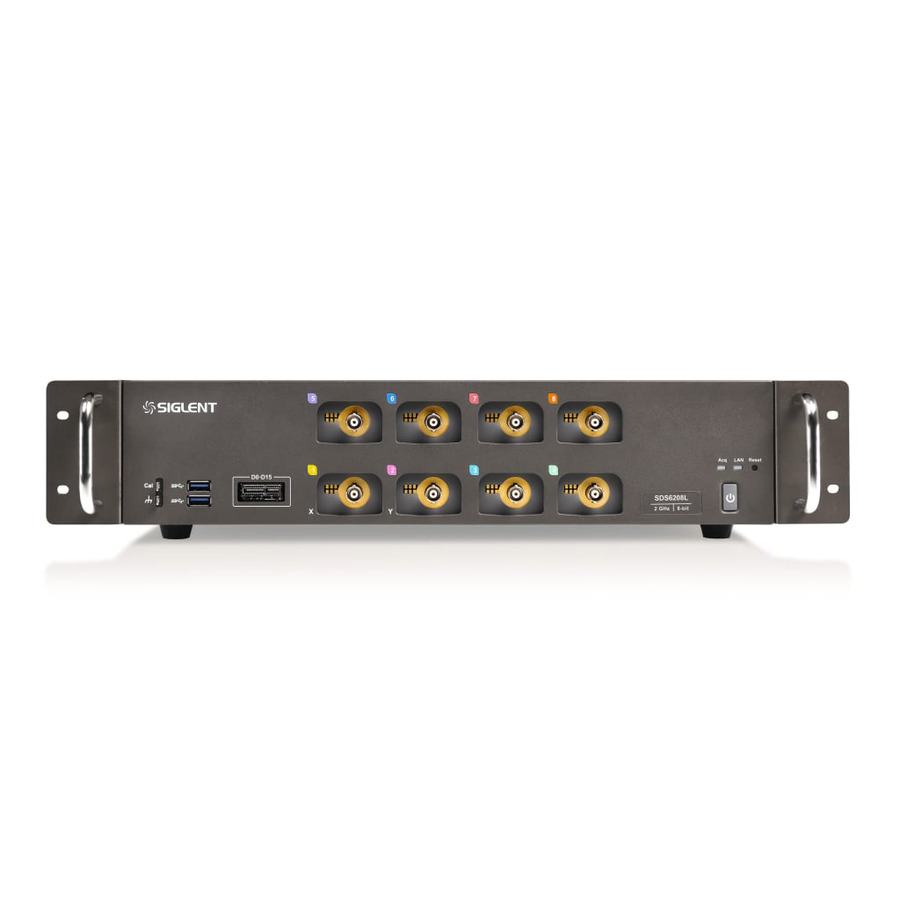 Add to cartQuick View
Add to cartQuick View -
 Add to cartQuick View
Add to cartQuick View -
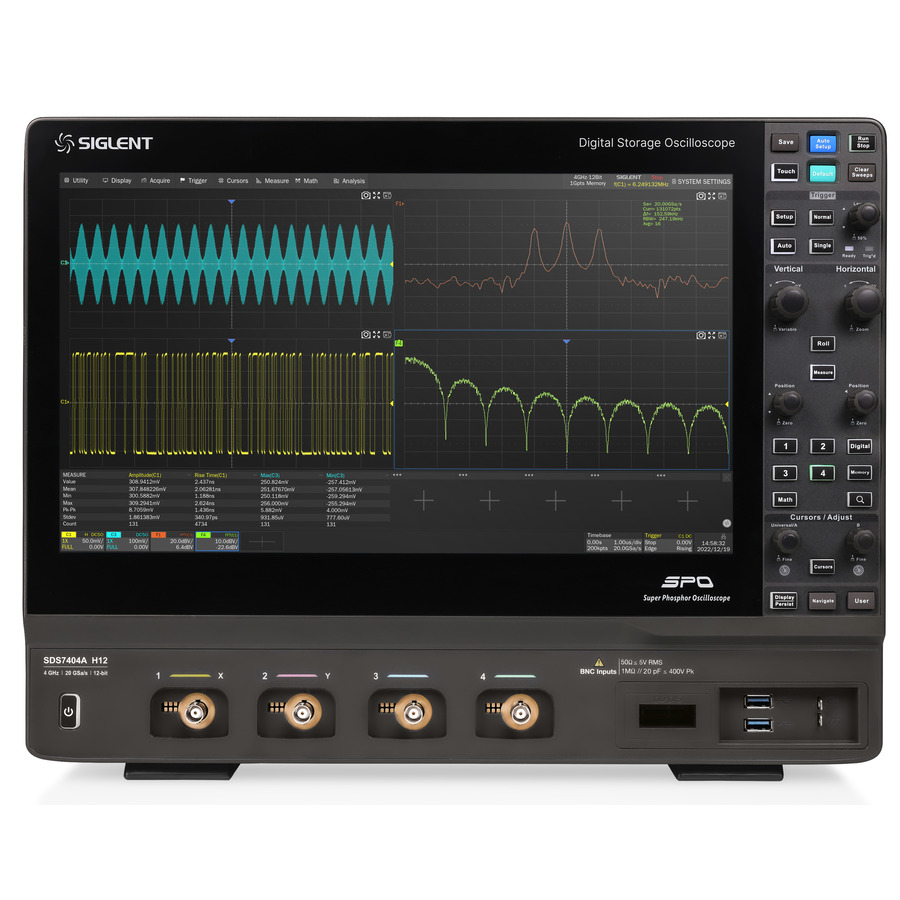 Add to cartQuick View
Add to cartQuick View -
 Add to cartQuick View
Add to cartQuick View -
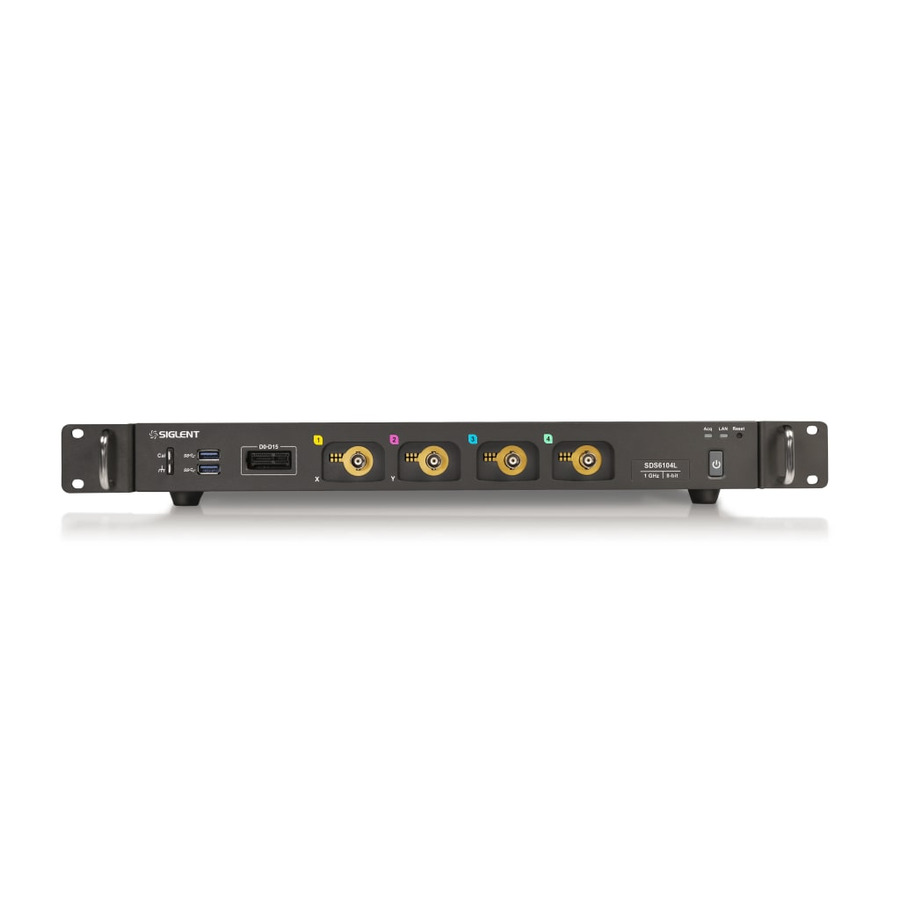 Add to cartQuick View
Add to cartQuick View -
 Add to cartQuick View
Add to cartQuick View













Reviews
There are no reviews yet.